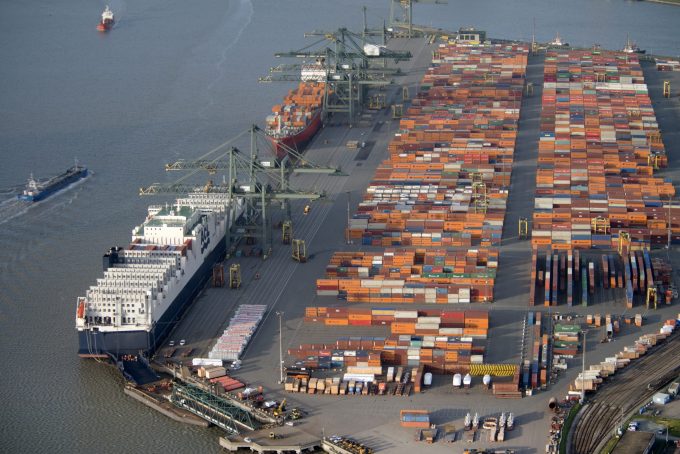'It’s healthy competition' Maersk tells forwarders bidding for same business
Maersk said the “competition is on”, when asked what the future was for forwarders in ...

With a wave of import containers expected from Shanghai’s reopening and peak season just around the corner, North Europe’s box port hubs, worryingly, remain severely congested.
Huge stacks of empty containers and hundreds of frustrated export boxes have built up at the major North European hubs as carriers blanked a third of their advertised sailings during the recent two-month Shanghai lockdowns.
Moreover, the ports have used much of their off-dock overflow capacity for the long-term storage of thousands of customs-blocked Russia-destined containers.
Commenting ...
Volcanic disruption at Anchorage could hit transpacific airfreight operations
Shippers snap up airfreight capacity to US ahead of tariff deadline
Forwarders stay cool as US 'liberation day' tariffs threaten 'global trade war'
New price hikes may slow ocean spot rate slide – but for how long?
Tighter EU import requirements proving 'a challenge' for forwarders
Supply chain delays expected after earthquake hits Myanmar
Looming Trump tariffs will create 'a bureaucratic monster' for Customs

Comment on this article